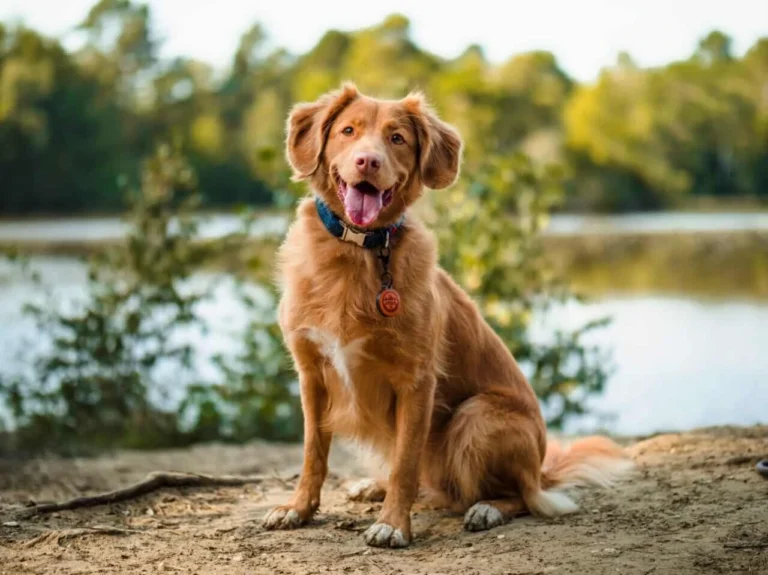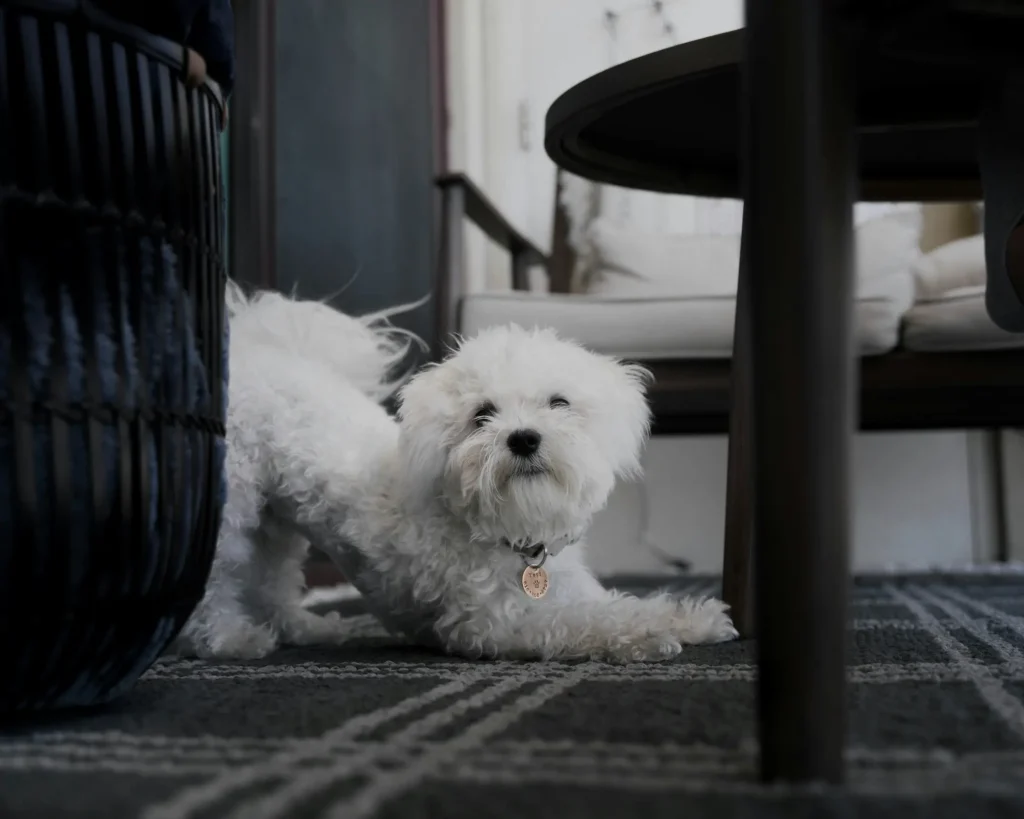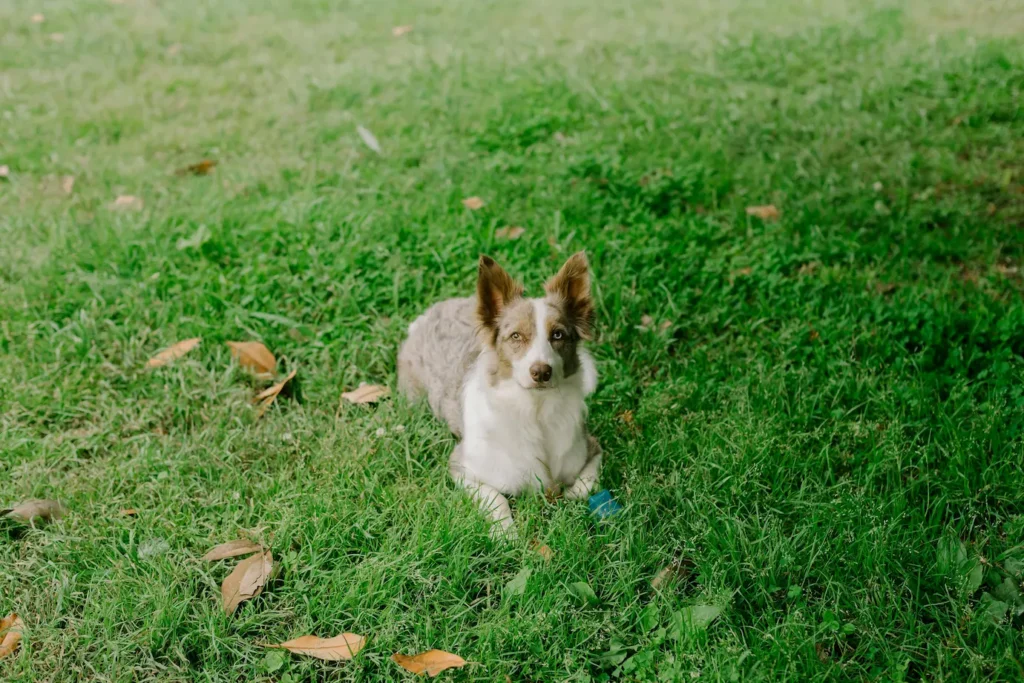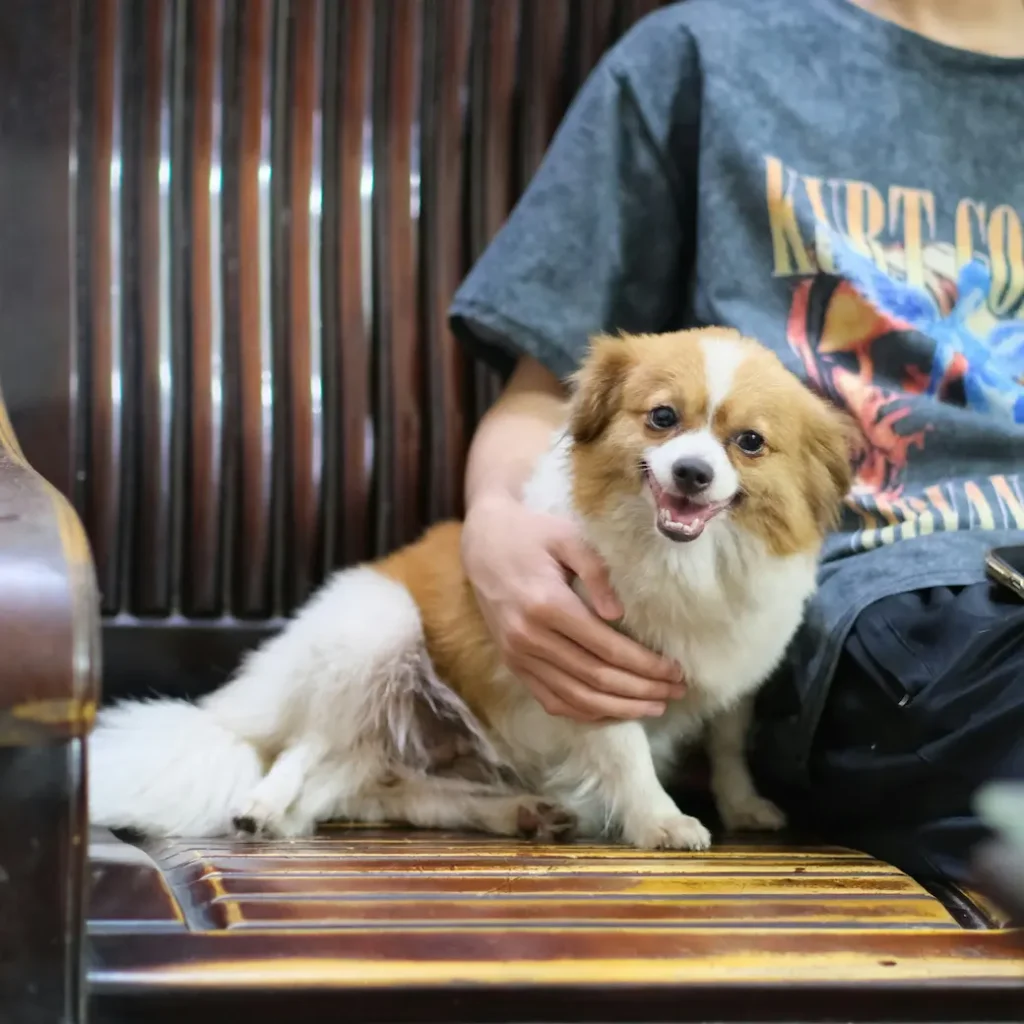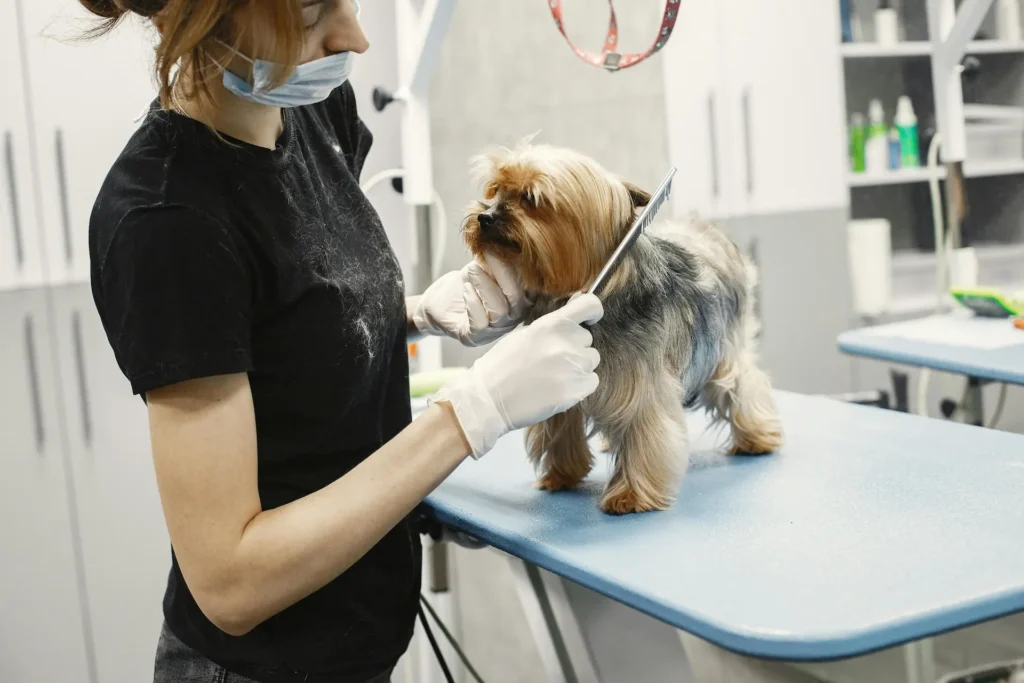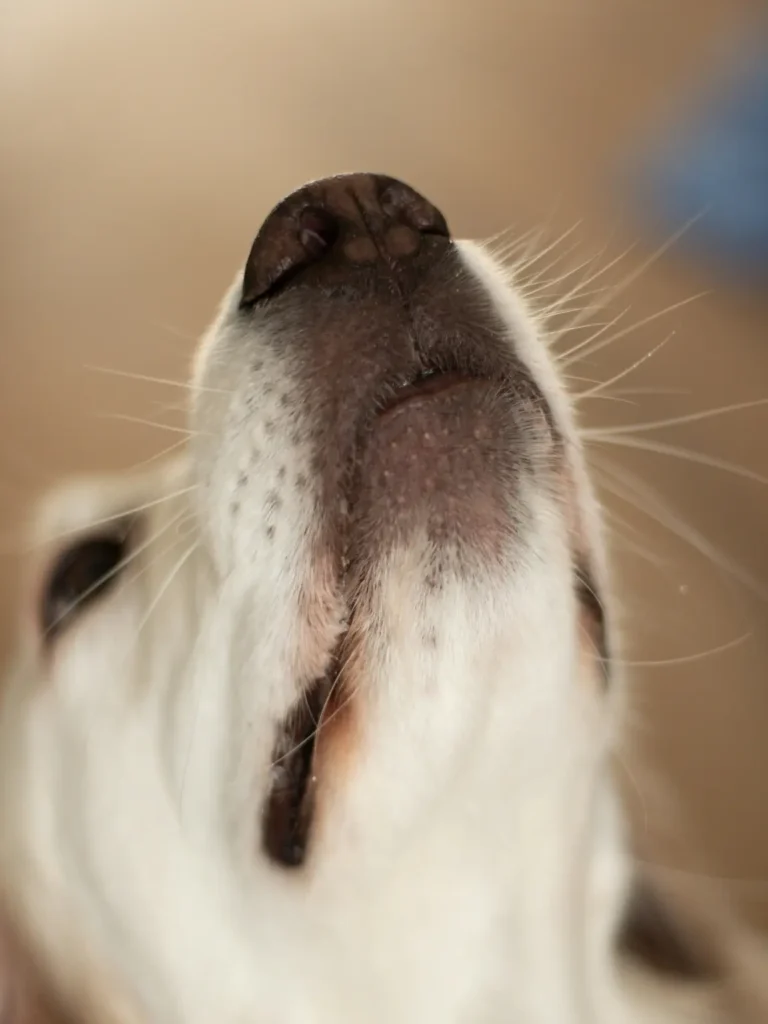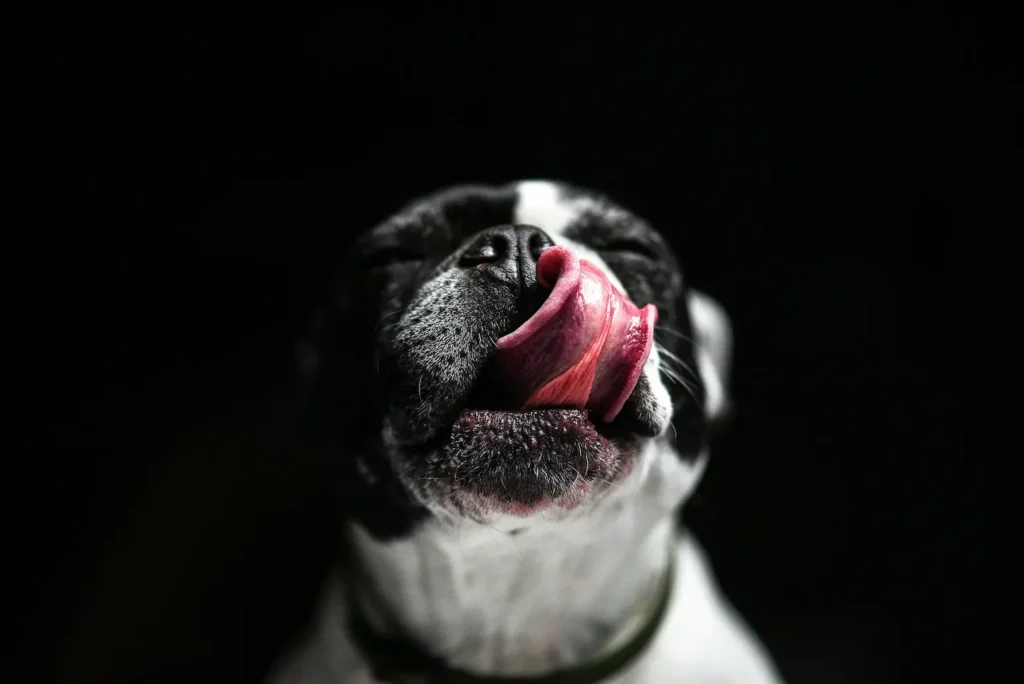Why Do Dogs Have Whiskers? Discover Their Purpose & Power (2025)
Why do dogs have whiskers? Discover the fascinating purpose of dog whiskers, how they function, and whether or not you should trim them.
Have you ever looked closely at your dog’s face and wondered about those stiff hairs around the muzzle, eyebrows, and cheeks? These are not just for show—dog whiskers serve a critical purpose in helping your furry friend navigate the world. Why do dogs have whiskers, and how do they work? Let’s explore the amazing function of these facial feelers.
The Purpose of Dog Whiskers
Whiskers—also known as vibrissae—are deeply rooted, nerve-rich hairs that provide dogs with enhanced sensory perception. Unlike regular fur, they act like radar sensors, helping dogs detect subtle changes in their environment. The purpose of dog whiskers ranges from navigation to communication.
Types of Whiskers and Their Role
- Mystacial Whiskers: Located on the muzzle, these help with object detection.
- Supraorbital Whiskers: Above the eyes; act as a warning system for eye protection.
- Genal and Interramal Whiskers: On the cheeks and chin; aid in spatial awareness.
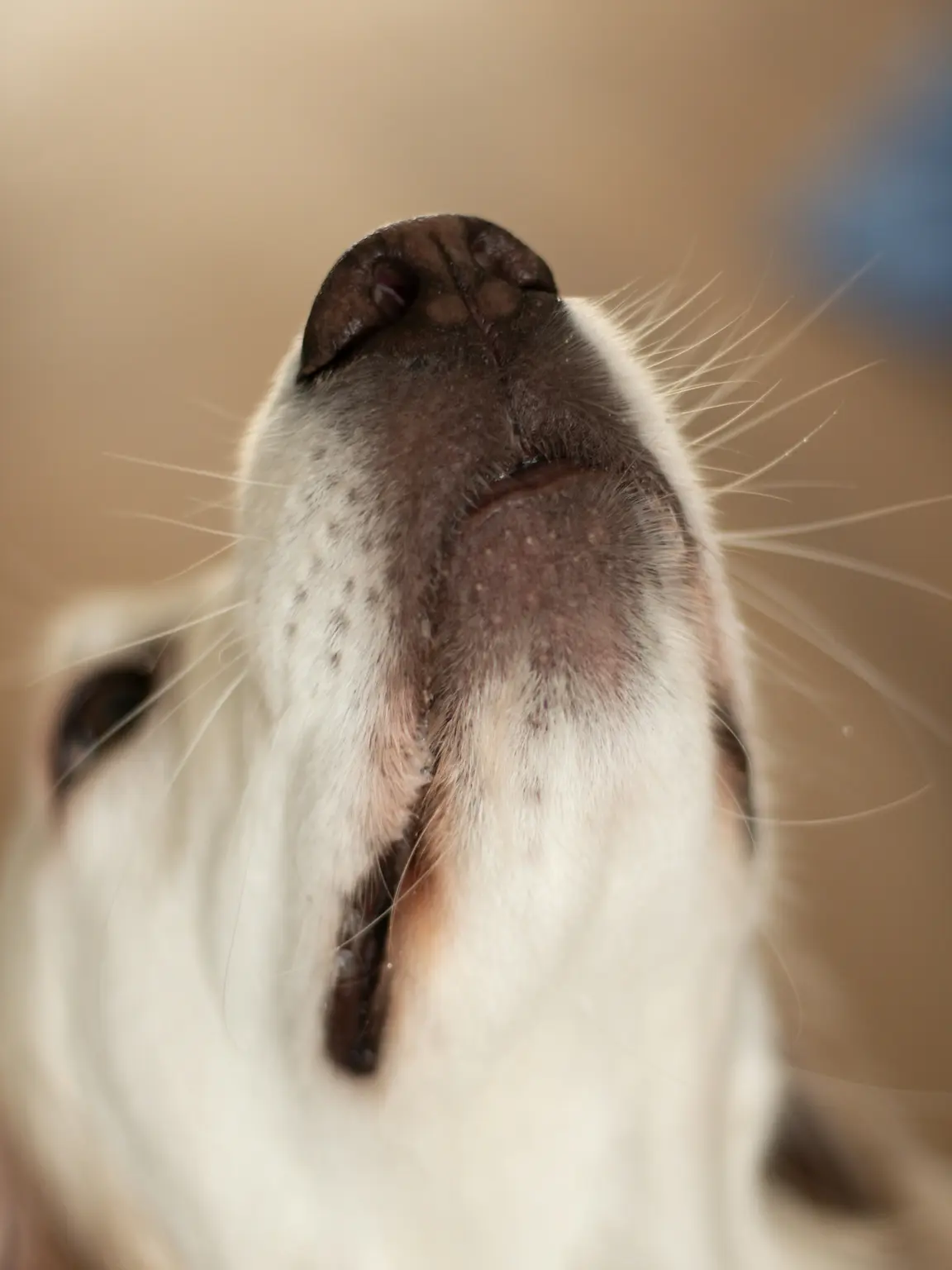 Image Credit: Nina Kost
Image Credit: Nina Kost
Dog Whiskers Function: How Do They Work?
Each whisker is connected to a highly sensitive follicle loaded with blood vessels and nerves. This allows whiskers to pick up even the slightest air movement or vibration. The dog whiskers function like motion detectors, giving feedback to the brain about nearby objects—even in total darkness.
Dogs use this ability to:
- Measure gaps and avoid obstacles
- Sense the presence of other animals or humans
- Protect their eyes from danger
- Interpret emotional cues in social settings
Dogs from intelligent working lines like Belgian Shepherd breeds are known to rely heavily on whiskers during active tasks and tracking.
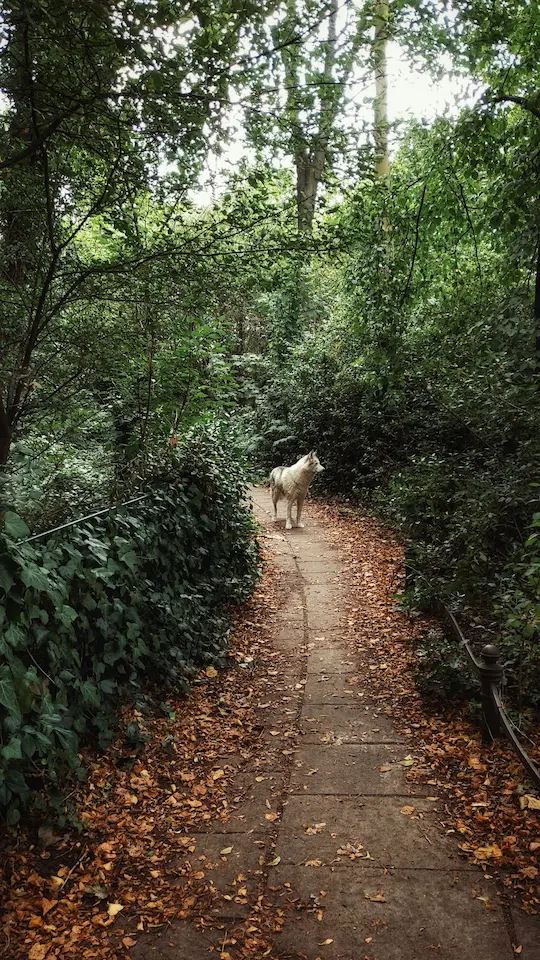 Image Credit: Kadir Celep
Image Credit: Kadir Celep
Should You Trim Dog Whiskers?
The short answer is: No. Trimming whiskers can disrupt your dog’s natural sensory system. While they may regrow, removing them—even temporarily—can disorient your dog. Unless a vet advises trimming due to medical needs, it's best to leave them intact.
Some dog shows encourage trimming for aesthetic reasons, but this practice is increasingly discouraged for the well-being of the animal. According to the American Kennel Club, whiskers are an essential sensory tool, not just facial fuzz.
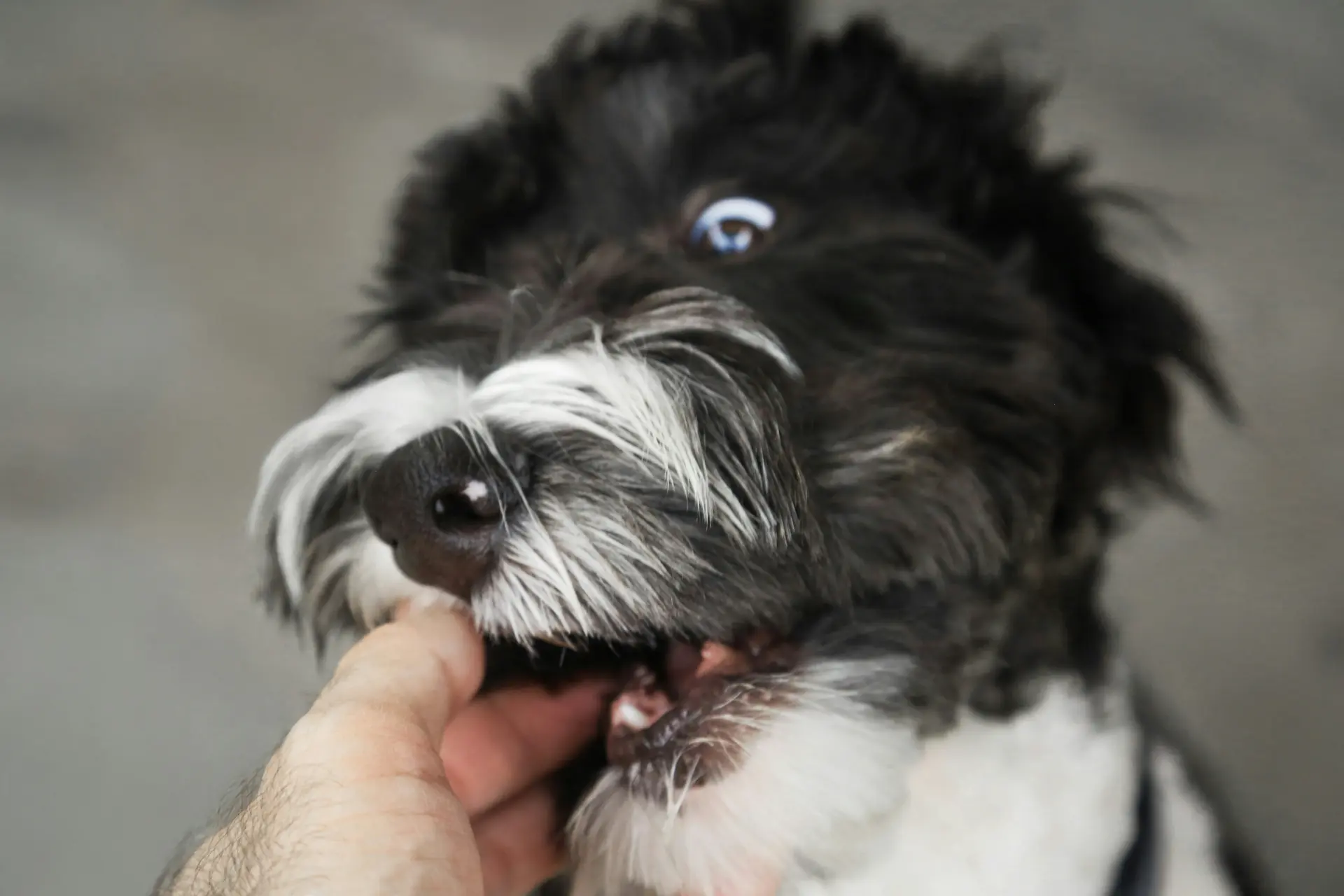 Image Credit: Giorgio Trovato
Image Credit: Giorgio Trovato
Dog Whisker Sensitivity and Communication
Whiskers are not only for environmental sensing—they’re also tied to emotional expression. When a dog feels threatened, its whiskers might stiffen and push forward. Relaxed whiskers often indicate calmness. This dog whisker sensitivity allows them to pick up social cues from other dogs and even humans.
Some believe dogs can detect subtle air movements created by emotions or gestures. While not fully proven, it's a fascinating insight into canine sensory abilities.
Interestingly, some rare breeds—like those in our post on blue tongue dog breeds—also showcase other unique physical traits.
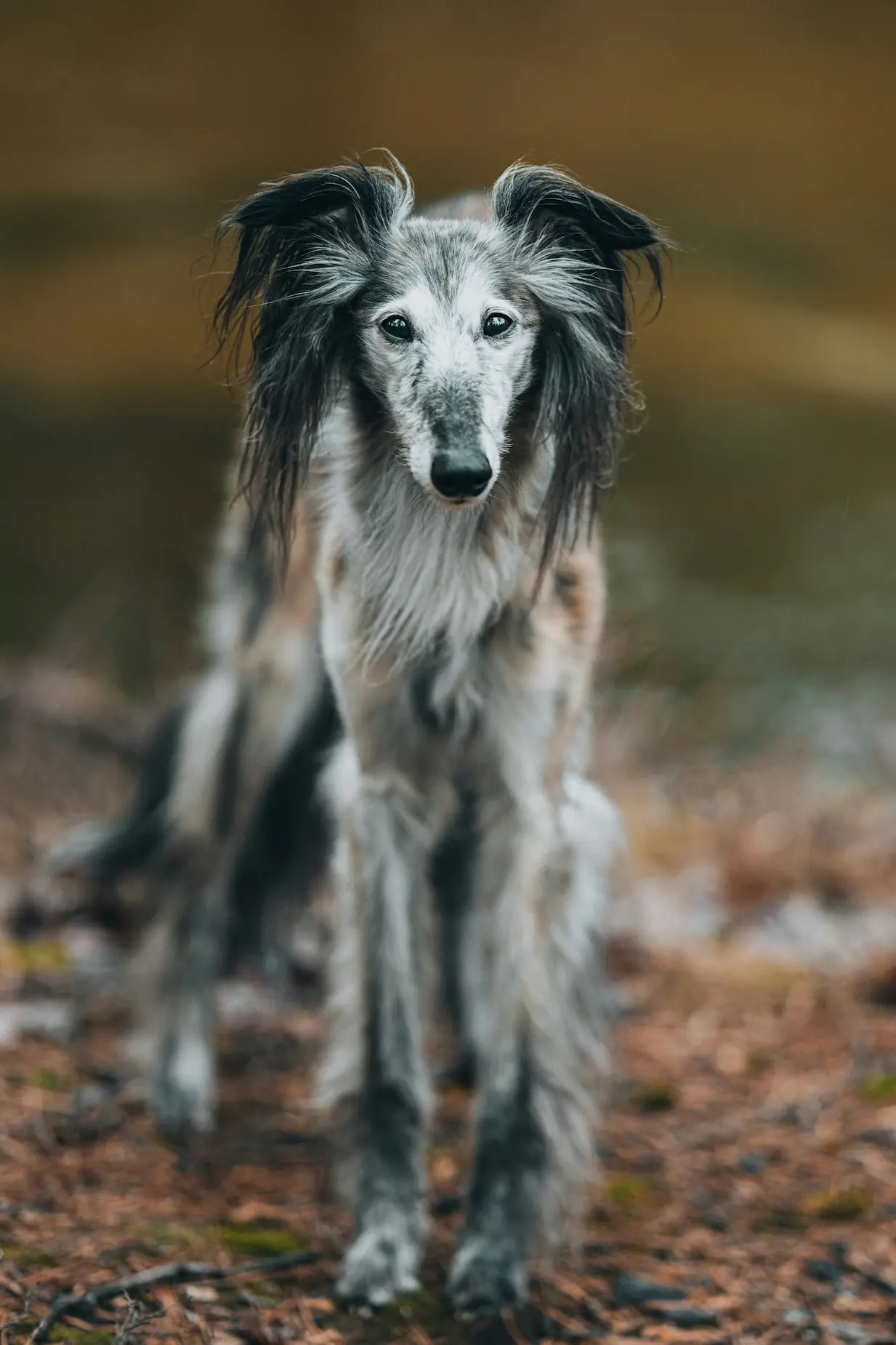 Image Credit: Jackie Best
Image Credit: Jackie Best
FAQs About Dog Whiskers
Q1: Why do dogs have whiskers on their eyebrows and cheeks?
A: These whiskers help detect obstacles and protect their eyes from injury, especially in tight or dark spaces.
Q2: Can dog whiskers fall out naturally?
A: Yes, whiskers do shed occasionally and grow back. However, excessive loss could signal health issues.
Q3: What happens if I accidentally cut my dog’s whiskers?
A: Your dog may become temporarily disoriented. Avoid trimming whiskers unless advised by a professional.
Q4: Do whiskers help dogs see in the dark?
A: Indirectly, yes. While whiskers don’t provide vision, they detect changes in airflow and help dogs “feel” their surroundings. Learn more on Wikipedia: Dog Anatomy.
Conclusion
So, why do dogs have whiskers? Because they’re much more than facial features—they’re a vital part of a dog’s sensory and emotional toolkit. From detecting movement to helping with communication and navigation, whiskers give your pup a whole new layer of awareness. Avoid trimming them, observe their behavior, and appreciate their quiet but essential role in your dog’s daily life.
Want to enrich your dog's sensory experience? Check out these handpicked products below!
- Sensitive Area Dog Grooming Scissors
- Light-Up LED Dog Collar for Safe Walks
- Interactive Snuffle Mat for Sensory Enrichment
Disclaimer: This article may contain affiliate links. If you click and purchase, we may earn a commission at no extra cost to you. As an Amazon Associate, we earn from qualifying purchases.

